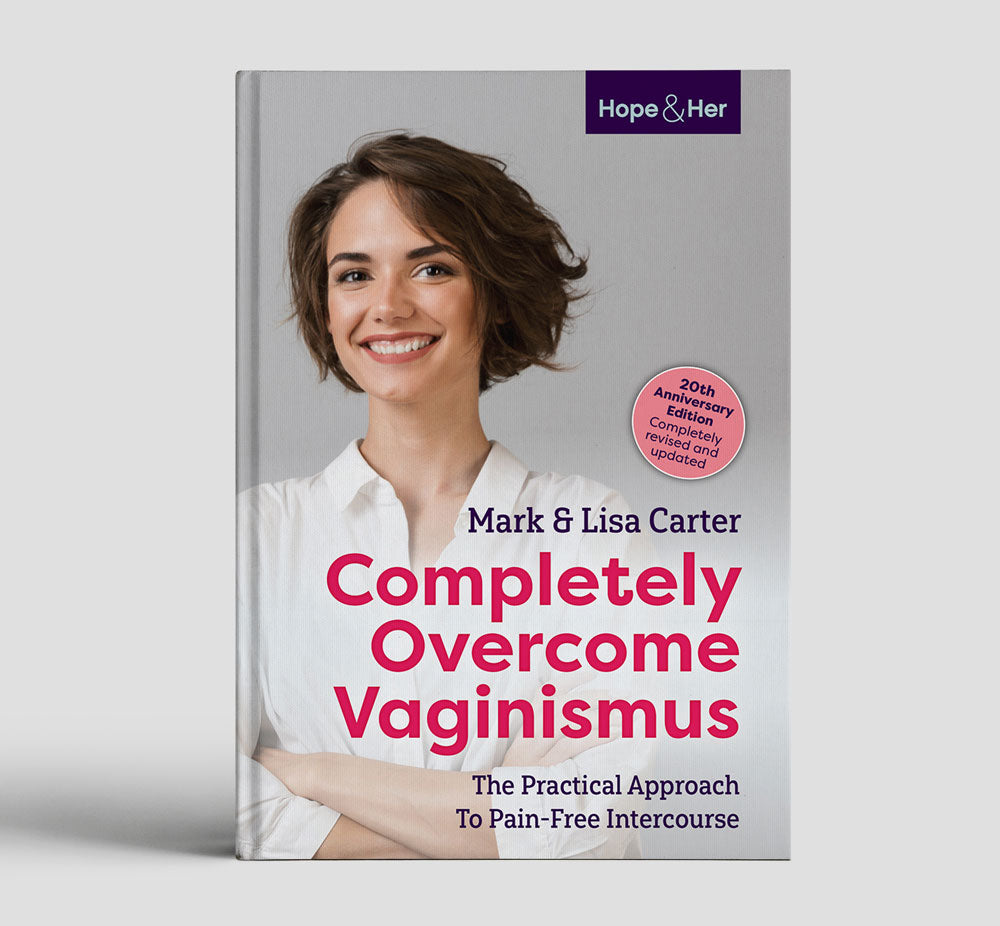Vaginal Atrophy
When sex isn’t what it used to be...
Vaginal pain often develops with age or hormonal changes
Vaginal atrophy is often at the root of sexual pain issues in women experiencing menopause. It is characterized by inflammation of the vagina due to diminishing estrogen levels, resulting in the thinning and shrinking of the vaginal walls and reduced lubrication.

Symptoms of Vaginal Atrophy
- Vaginal dryness, itchiness, burning
- Less natural lubrication
- Increased discomfort or pain during intercourse and/or pelvic exams
- Spotting/bleeding during intercourse
- Vagina may feel like “sandpaper”
- Increased UTIs or vaginal infections
- Frequent urination
- Changes to the outer appearance of the vagina - thinning pubic hair, shrinking folds of skin
See your physician if you suspect vaginal atrophy.
What happens when you lose estrogen?
The collagen, elastic fibers, vasculature, PH and moisture levels of the vagina and urinary tract are greatly impacted by the loss of estrogen in a woman. It is essential for a vagina’s structural and functional integrity. This makes the vagina susceptible to irritation and inflammation.
Low estrogen levels may result from menopause, aging, treatment for cancer, surgery, or childbirth. Over 50% of middle-aged or older women experience estrogen loss, and sometimes younger women do as well.
Doctors use the term “genitourinary syndrome of menopause (GSM)” to describe both vaginal atrophy and other related symptoms, while the condition is referenced as “atrophic vaginitis”.
Treating vaginal atrophy
- Vaginal Dilators: Used to gently, and slowly, stretch the vagina - restoring length, shape, and elasticity helping penetration to become more comfortable.
- Personal Lubrication: Less dryness and friction during penetration.
- Vaginal Moisturizers: Helps alleviate ongoing dryness.
- Pelvic Floor (Kegels) Exercises: Draws blood flow to the vagina, increasing elasticity. Helps strengthen and increase control over vaginal muscles.
- Estrogen: Helps rebuild lining of vagina and improve elasticity.
- Physical Therapy: Professional assistance for both vaginal atrophy and vaginismus.

Atrophy often leads to Vaginismus
When vaginal atrophy goes untreated and a woman continues to have intercourse with pain, the vaginal muscles tend to brace themselves and protect the body by tightening up. Vaginal tightening may become an automatic reaction that persists (vaginismus), even after the original atrophy condition is resolved.
Fortunately, both conditions are treatable. In fact, vaginal atrophy and vaginismus may need to be addressed simultaneously, as it is difficult to resolve one without managing the other.




